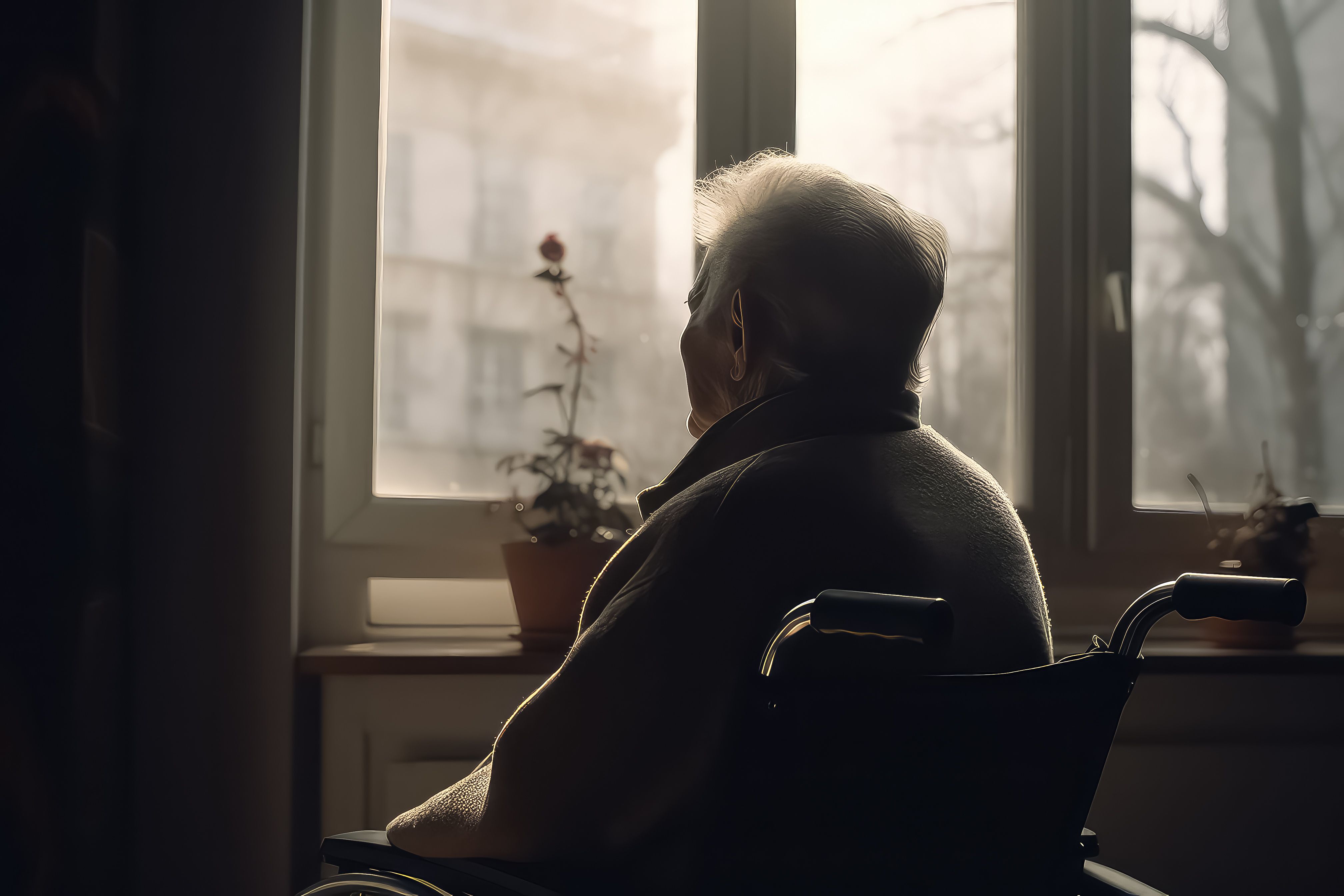
- Center on Health Equity and Access
- Clinical
- Health Care Cost
- Health Care Delivery
- Insurance
- Policy
- Technology
- Value-Based Care
Prevalence, Impact of Social Frailty in Patients With COPD
The researchers found that social frailty was prevalent in 36.8% of patients with chronic obstructive pulmonary disease (COPD) in the study population.
Social frailty has a clinical impact on patients with chronic obstructive pulmonary disease (COPD), according to a study published in the International Journal of Chronic Obstructive Pulmonary Disease.
The researchers explained that social frailty “refers to low social activity, low level of social role, and poor social relationships, and is associated with the risk of malnutrition and mortality among the elderly.” They added that it is assessed in the context of various factors, like age, income, and sex. Although past research found that social frailty affected other diseases, such as increasing heart failure risk, its impact on patients with COPD is unknown.
Because patients with COPD often have multifaceted impairments and psychological burdens, the researchers hypothesized a high prevalence of social frailty among patients with COPD. To determine this, they conducted a study between January 2018 and February 2021 to investigate social frailty’s prevalence, characteristics, and impact on acute exacerbations and unexpected hospitalizations in patients with COPD.
They created the study population by recruiting patients who regularly visited 4 facilities in Japan; outpatients agreed to participate after being randomly selected by their attending physicians. The researchers included patients 40 years and older with a smoking history and COPD diagnosis in the population. Consequently, their study population consisted of 405 patients with a mean (SD) age of 74.3 (8.0) years.
Selected patients completed a baseline survey with 5 questions to examine social frailty. The researchers explained that the questions investigated the following: “(1) going out less frequently than in the previous year, (2) not sometimes visiting friends, (3) not feeling helpful to friends or family, (4) living alone, and (5) not talking to someone every day.”
Lonely older woman
Image credit: yurakrasil - stock.adobe.com

The researchers also took clinical measurements into account. They evaluated dyspnea using the modified Medical Research Council (mMRC) dyspnea scale, the total scores ranging from 0 to 4, with a high score indicating severe dyspnea. Also, they examined patient health status using the COPD Assessment Test (CAT), with high scores indicating poor health.
Other clinical measurements examined included appetite, which they measured using the Simplified Nutritional Appetite Questionnaire (SNAQ); the possible scores ranged from 4 to 20, with a low score indicating a poor appetite. Lastly, the researchers assessed mood disorders using the Hospital Anxiety and Depression Scale (HADS-Anxiety and HADS-Depression), with a higher score meaning a stronger mental load.
After 1 year, the researchers followed up with the patients to determine whether they had any moderate or severe exacerbations; they also examined unexpected hospitalizations. The frequency of exacerbations and hospitalizations was determined through direct patient interviews, a patient’s diary, a prescription record book, or a medical record review.
Of the study population, the researchers found that social frailty was prevalent in 149 (36.8%) patients. Although the social frailty severity ratio tended to increase with patients’ age, there was no significant difference among age groups (P = .08), with the prevalence of social frailty or prefrailty being more than 60% across all age groups.
“The more severe the social frailty, the older the patient, the worse the CAT, mMRC, SNAQ, HADS-Anxiety, and HADS-Depression scores,” the authors wrote.
In terms of clinical factors, each had a weak but significant correlation with social frailty (age: r = 0.13, P = .01; CAT: r = 0.29, P < .01; mMRC: r = 0.29, P < .01; SNAQ: r = -0.26, P < .01; HADS-Anxiety: r = 0.17; P 0.01). In particular, the patients with social frailty had reduced appetite (odds ratio [OR], 0.81; 95% CI, 0.69-0.95; P < .01) and more severe dyspnea (OR, 1.42; 95% CI, 1.05-1.93; P = .02) compared with those without.
Additionally, the researchers found that social frailty was not a risk factor for moderate acute exacerbation. On the other hand, social frailty was a risk factor for both severe acute exacerbation (β [standardized regression coefficient], 0.13; 95% CI, 0-0.25; P = .04) and unexpected hospitalization (β, 0.10; 95% CI, 0.03-0.18; P = .01).
The researchers acknowledged their study’s limitations, including that they did not longitudinally assess social frailty, appetite, and dyspnea, meaning they could not accurately assess their causal relationship. Also, on average, most participants were male and had moderate COPD levels. Because of this, their results may not be generalizable for people with severe COPD.
Despite its limitations, the researchers noted the study’s importance as the first to investigate social frailty in patients with COPD. They urged future research to build upon their findings.
“The results of this study indicate the importance of investigating the long-term impact of social frailty and the need for intervention trials for social frailty in patients with COPD,” the authors concluded.
Reference
Hirai K, Tanaka A, Oda N, Kaneko K, Uchida Y, Uno T, Ohta S, Homma T, Yamaguchi F, Suzuki S, Sagara H. Prevalence and impact of social frailty in patients with chronic obstructive pulmonary disease. Int J Chron Obstruct Pulmon Dis. 2023;18:2117-2126. doi:10.2147/COPD.S418071
2 Commerce Drive
Cranbury, NJ 08512
AJMC®
All rights reserved.